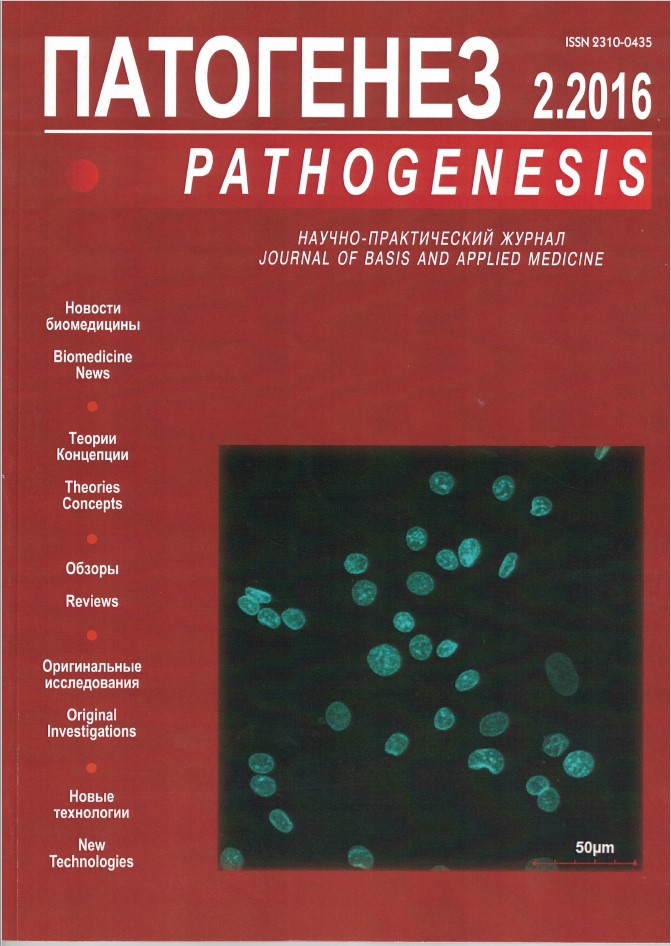Experimental evaluation of pyrimidine derivatives using models of the toxically damaged liver: a review
Abstract
The review focuses on the role of antioxidants of pyrimidine patterns in overcoming hepatotoxicity of persistent organic pollutants. Special attention is paid to oxymethyluracil (5-hydroxy-6-methyluracil). The experimental results of studies on antioxidant properties and hepatoprotective effects of 6-methyluracil derivatives and their complex compounds with succinate, ascorbate, fumarate, glutathione and acetylcysteine using the liver damage models induced by chlorinated hydrocarbons and PCB-containing agents "sovtol-1" and "sovol" have been summarized. According to the intensity of hepatoprotective effects oxymethyluracil does not yield to the hepatoprotector "silimarine" using the models of liver damage caused by tetrachlormethane, PCB-containing agent "sovtol-1" and surpasses it in liver damage models induced by dichloromethane and the combination of "sovtol-1" + ethanol.




